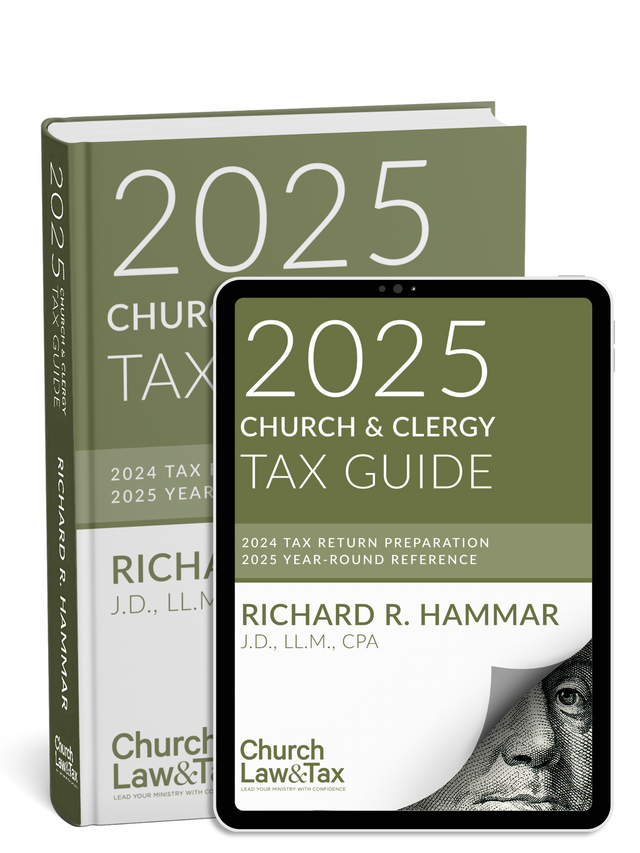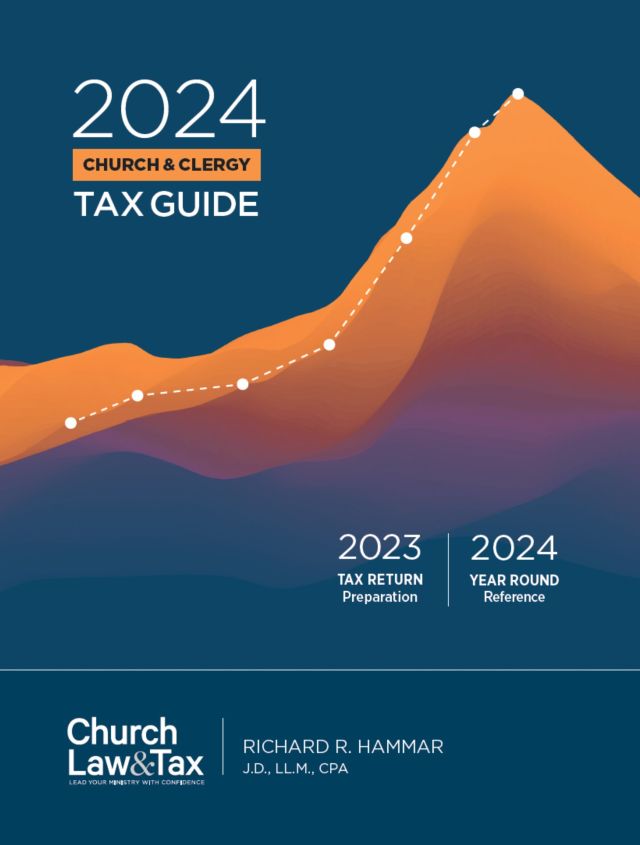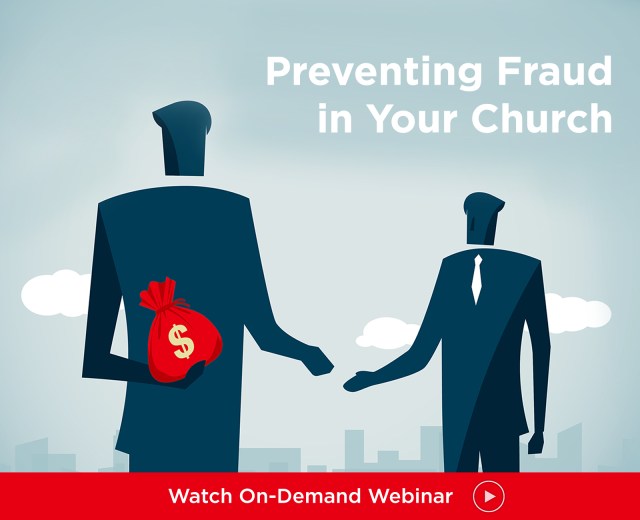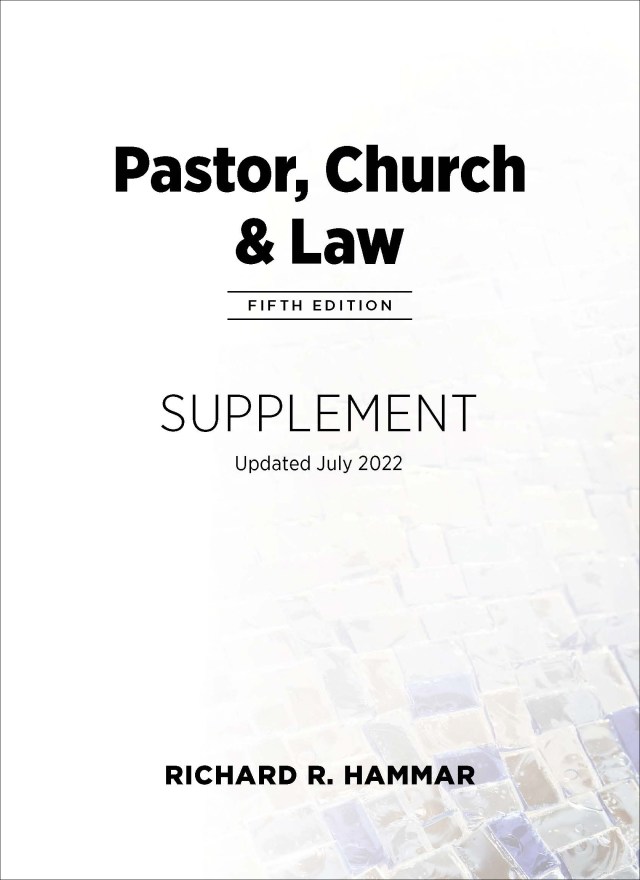• Can a church be legally responsible for injuries sustained by a minor who fell out of a tree during a church picnic? No, concluded the Illinois Supreme Court. The minor (a 15-year-old boy) and his parents attended a church picnic at a nearby lake. There was a rope swing attached to a tree which was used to swing into the lake. The boy had been to the lake many times before, and had used the rope swing on several occasions. He was aware that the rope occasionally would become entangled in branches after being released by the person jumping from the swing. When the rope became entangled, someone had to climb the tree to untangle it. On the day of the accident, the victim used the rope swing several times while his parents watched some 20 feet away. After some 10 swings, the rope became entangled in branches, and the victim climbed the tree to untangle it. On his way down, the victim fell to the ground, and received injuries that left him a quadriplegic. The boy’s parents, an associate pastor of the church, and several picnickers saw him use the swing and climb up the tree. No one attempted to stop him, but his parents and the associate pastor cautioned him to be careful. The boy and his parents sued the church (and the owner of the property where the picnic occurred). The lawsuit alleged that the church negligently failed to provide adequate supervision of the picnic area, and failed to warn the boy of the dangerous conditions existing on the property. A trial court and state appeals court both rejected the church’s request to be dismissed from the case. The church appealed the case to the state supreme court, which ordered the church dropped from the lawsuit. The supreme court emphasized that a church or any other organization cannot be legally responsible for injuries to a minor that are caused by obvious conditions. It observed: “There are many dangers, such as those of fire and water, or of falling from a height, which under ordinary conditions may reasonably be expected to be fully understood and appreciated by any child …. It is well settled that if the condition [causing an injury] presents obvious risks which children would be expected to appreciate and avoid, there is no duty to remedy that condition. The rationale for this rule is that, since children are expected to avoid dangers which are obvious, there is no reasonably foreseeable risk of harm.” The court further observed: “We cannot ignore the fact that [the victim] was a 15-year-old youth … who acknowledged in a deposition that he was aware of the risk of falling. On one occasion, plaintiff in fact saw a person who had climbed the tree fall approximately three feet and catch himself on the tree’s lower branches.” In concluding, the court noted: “While we are not unsympathetic to the tragedy of [the boy’s] accident, we are obliged to defer to the authority established by this court in the area of negligence actions. Based on our review of law in this area, we conclude that the risk of falling out of the tree was an obvious danger which [the boy] was reasonably expected to understand and appreciate.” Logan v. Old Enterprise Farms, Ltd., 564 N.E.2d 778 (Ill. App. 1990).
See Unincorporated churches, Foster v. Purdue University, 567 N.E.2d 865 (Ind. App. 1991).
See Also: Negligence as a Basis for Liability – Defenses
© Copyright 1992, 1998 by Church Law & Tax Report. All rights reserved. This publication is designed to provide accurate and authoritative information in regard to the subject matter covered. It is provided with the understanding that the publisher is not engaged in rendering legal, accounting, or other professional service. If legal advice or other expert assistance is required, the services of a competent professional person should be sought. Church Law & Tax Report, PO Box 1098, Matthews, NC 28106. Reference Code: m58 m58 m86 c0192




